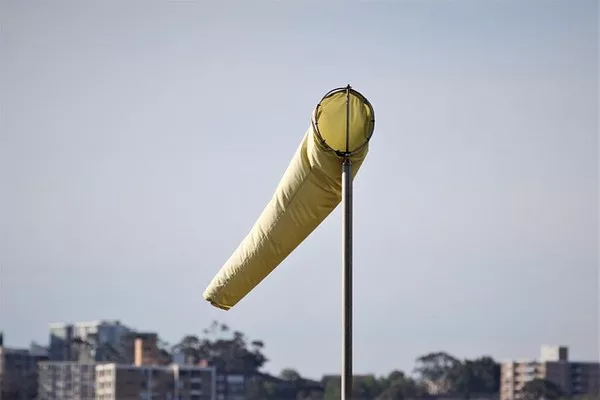Anemometers play a crucial role in measuring wind speed, providing valuable data for various industries, including meteorology, aviation, and environmental monitoring. However, an often-overlooked factor that can significantly influence the accuracy of anemometer readings is temperature. In this article, we will delve into the intricate relationship between temperature and anemometer performance, exploring the scientific principles behind this phenomenon and its practical implications.
Understanding Anemometer Functionality:
Before delving into the impact of temperature, it is essential to grasp the basic principles governing anemometer functionality. Anemometers come in various designs, including cup anemometers, vane anemometers, and sonic anemometers, each employing distinct mechanisms to measure wind speed.
Cup anemometers, for instance, utilize rotating cups to capture the kinetic energy of the wind, while vane anemometers rely on a freely rotating vane to align itself with the wind direction. Sonic anemometers, on the other hand, measure wind speed by analyzing the time it takes for ultrasonic pulses to travel between multiple transducers.
The Role of Temperature:
Temperature can significantly impact the performance of these anemometer types due to its influence on air density. According to the ideal gas law, as temperature increases, air density decreases, and vice versa. This relationship is crucial in understanding how anemometers may be affected by temperature variations.
Cup Anemometers:
In cup anemometers, the rotation speed of the cups is directly proportional to wind speed. However, changes in air density caused by temperature fluctuations can affect the aerodynamic drag on the cups, influencing their rotational speed. At higher temperatures, where air density is lower, cup anemometers may yield slightly elevated wind speed readings, while lower temperatures may result in underestimated wind speeds.
Vane Anemometers:
Vane anemometers are designed to align themselves with the wind direction, and their functionality is less influenced by air density changes. However, it is crucial to consider the impact of temperature on the mechanical components of the vane. Extreme temperatures can lead to changes in material properties, potentially affecting the vane’s responsiveness and accuracy.
Sonic Anemometers:
Sonic anemometers measure wind speed by analyzing the time it takes for ultrasonic pulses to travel between transducers. While they are less susceptible to changes in air density, temperature can impact the speed of sound, affecting the accuracy of sonic anemometer readings. Calibration adjustments may be necessary to account for temperature-induced variations in the speed of sound.
Compensating for Temperature Effects:
To mitigate the impact of temperature on anemometer accuracy, manufacturers often incorporate temperature compensation mechanisms into their designs. These compensations may involve adjusting calibration settings or employing temperature sensors to account for variations in air density and other environmental factors.
Regular Calibration:
Regardless of compensation mechanisms, regular calibration is essential to ensure accurate anemometer readings. Calibration should be conducted under various temperature conditions to account for the dynamic nature of the environment. Periodic maintenance and calibration checks can help identify and rectify any deviations in the instrument’s performance.
Practical Implications:
The implications of temperature on anemometer accuracy extend beyond theoretical considerations. Industries relying on precise wind speed measurements, such as aviation and wind energy, must be acutely aware of these effects. For example, inaccurate wind speed readings can impact flight operations, wind turbine efficiency, and the overall safety of these systems.
Meteorological applications also heavily depend on accurate wind speed data for weather forecasting and climate studies. Temperature-induced inaccuracies in anemometer readings can compromise the reliability of these predictions, leading to potential downstream consequences for agriculture, disaster preparedness, and other sectors influenced by weather conditions.
See Also: How Do Anemometers Work?
Conclusion:
In conclusion, the relationship between temperature and anemometer accuracy is a critical aspect that demands attention from researchers, manufacturers, and end-users alike. An understanding of the impact of temperature on different anemometer types and the incorporation of temperature compensation mechanisms are essential for obtaining reliable wind speed measurements.
As technology advances, ongoing research and development efforts will likely lead to improved anemometer designs with enhanced temperature resilience. In the meantime, conscientious calibration practices and a thorough understanding of the environmental condit

